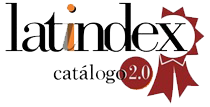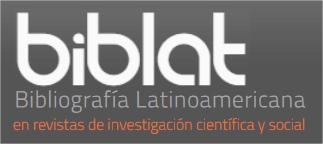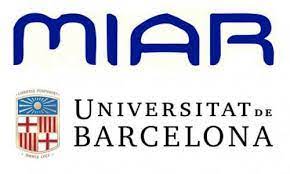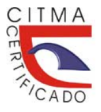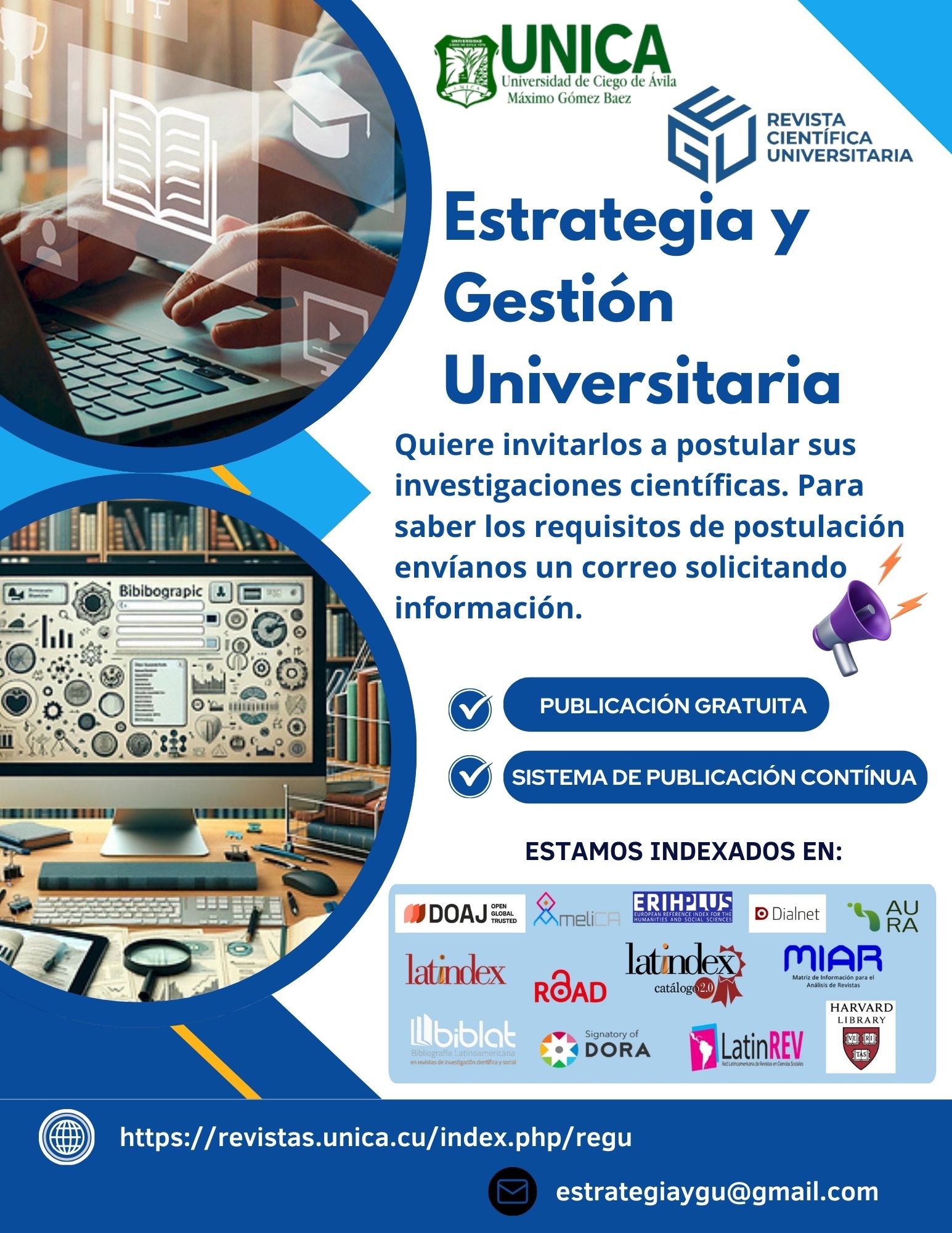
Guidelines for authors
General Guidelines for Manuscript Writing
The journal appreciates the submission of proposals by authors featuring research and reflective works in fields related to its thematic profile. The following publication norms must be rigorously adhered to:
- A Letter of Originality and the AI form, if necessary, must be submitted along with the article.
- No more than five authors may be involved in its creation. It must be presented in Word, Arial font, size 11 points, double-spaced, with no spacing between paragraphs, with indentation on the first line of each text, margins of 2.54 cm on each side, and Letter paper format.
- The article must have a minimum of 4,000 words and a maximum of 7,500. Bold or underlined text will be used as needed, following APA 7th Edition Standards. Headings and subheadings must be identified in bold.
- The article structure is as follows: cover page; abstract; up to five keywords (in Spanish, English, and Portuguese); introduction; materials and methods and/or methodology, depending on the type of article; results and discussion; conclusions; and references.
- The title must have a maximum of 18 words. It must be synthetic, clear, attractive, and written in Spanish, English, and Portuguese.
- Main author details: full names, institutional affiliation, job title, country, email, and ORCID link (please ensure it opens easily).
- The abstract must include: introduction, objective, method or methodology (depending on the type of article), results, and conclusion, with corresponding translations to English and Portuguese. It must not exceed 200 words, be written as a single paragraph, contain no citations or acronyms, and be understandable without needing to refer to the article.
- The introduction provides the topic background, reasons, and purpose of the study or research conducted. It may contain the significance and current knowledge of the subject, some antecedents, the problematic situation, the objective of the work, and other necessary elements to present it, including citations and references from different authors.
- In the materials and methods and/or methodology section, the theoretical-methodological foundations of the topic may be addressed, procedures used, including details on how and with what the research was conducted, what was analyzed, when, where, and what method was applied to gather information. The employed methodology must be briefly and concisely referenced.
- In results and discussion, present the main findings, analysis, and interpretation. Findings must be supported by illustrations, tables, or figures if necessary. Writing in this section should use the past tense. It must critically evaluate the results, which can be synthesized in self-created tables or graphs, ensuring their proper interpretation. Both tables and figures must be cited in the text, and statistical analyses must always be performed using a professional internationally recognized statistical package in its latest version.
- Finally, conclusions must be written in the present tense, addressing the document's objective and presenting fundamental ideas that could serve as a basis for future research.
- All authors are encouraged to share their research data (open data) as supplementary files when submitting. Research data includes databases, techniques, instruments, questionnaires, among others.
Tables and Figures
- Tables must include a title preceded by the word "Table" and the number corresponding to its sequence. Both the word "Table" and the number must appear at the top of the table in Arial bold, size 11, and center-justified. Column headers should be in Arial bold and center-justified. At the bottom of the table, include the word "Source" followed by the reference.
- Whenever graphics, diagrams, or images are displayed, they should be referred to as figures. Figures must be identified with a title preceded by the abbreviation "Fig." and the number corresponding to its sequence. The source must be declared as explained for tables.
- Images must have a quality of 300 dpi. They may be included in the body of the work as long as the information presented forms part of the research results and does not constitute a complement.
- Tables and figures must be created directly in Word; avoid pasting them and sending Excel files. Up to 10 figures may be used in the research. They should not exceed 100 Kb in size or have a width greater than 10 cm.
References
- References must adhere to the style of the American Psychological Association (APA), 7th edition, 2019. This includes both in-text citations and the reference list at the end of the document, which should use a hanging indent format.
- The accuracy of citations and references is the responsibility of the article's authors. A minimum of 25 sources for scientific and technological research articles and a minimum of 50 for review articles must be used, with 90% of the scientific articles referenced being from the last five years. It is crucial to prioritize sources from scientific journals indexed in Scopus, SciELO, and Web of Science.
- Prioritize articles or documents published in indexed databases. References such as conference papers, lectures, theses, dissertations, or reports will not be accepted.
- A maximum of 10% of self-citations is allowed per document, and for citations from other authors, only 3 to 4 citations are accepted depending on the relevance of the topic.
- The reference list should exclusively include what is cited in the text and vice versa. Ensure there is complete consistency in the spelling of authors' names and the years of publication in both appearances.
Example of APA 7 citations and references:
- Citing a book, narrative citation: Sanmartín Bastida (2023).
- Citing a book, parenthetical citation: (Sanmartín Bastida, 2023).
- Book Reference: Sanmartín Bastida, R. (2023). Sobre el ventrilocuismo de la imagen en la autoridad espiritual femenina. Springer. https://doi.org/10.1007/978-3-662-67088-0_16
- Citing online scientific articles, narrative citation: Georgakakis et al. (2023).
- Citing online scientific articles, parenthetical citation: (Georgakakis et al., 2023).
- Online Scientific Article Reference: Georgakakis, D., Wedell-Wedellsborg, M. E., Vallone, T., & Greve, P. (2023). Strategic leaders in multinational enterprises: A role-specific microfoundational view and research agenda. Journal of International Business Studies, 54(3), 514-537. https://doi.org/10.1057/s41267-022-00582-y
Other Suggestions
- Separate paragraphs into 7 to 12 lines for better readability.
- Include reflections in your own words to avoid high similarity percentages, as the journal accepts up to 15%.
- Before submitting the manuscript to the journal, thoroughly review compliance with all editorial guidelines written in the template, as well as proper writing. Objective, precise, and concise writing is appreciated, as this is the language of science. Pay special attention to the grammatical rules of the Spanish language.
- Always adhere to the verb tenses required for each section of scientific research. The writing should maintain a logical character.
- Download and consistently follow the template. Do not modify the template, as the layout specialist will take care of formatting the article and making any necessary changes.
Conflict of Interest Declaration
The corresponding author must declare the originality of the manuscript. They must also certify that the article has not been submitted to another journal and declare responsibility for all content included in the article, affirming that there are no instances of plagiarism, conflicts of interest, or ethical conflicts, thereby releasing the journal from any ethical and/or legal commitments.
Author Contributions Declaration according to CRediT Taxonomy
Authors must declare authorial contributions using the CRediT taxonomy of collaborator roles. This high-level taxonomy includes 14 roles that can be used to represent the roles typically played by those contributing to research outputs, describing each collaborator's specific contribution to academic production.
Roles according to CRediT:
- Conceptualization: Ideas; formulation or evolution of overarching research goals and aims.
- Data curation: Data management activities for annotation, metadata production, data cleaning, and data maintenance.
- Formal analysis: Application of statistical, mathematical, computational, or other formal techniques.
- Funding acquisition: Securing financial support for the project.
- Investigation: Conducting research or data collection.
- Methodology: Development or design of methodology; creation of models.
- Project administration: Responsibility for management and coordination.
- Resources: Provision of study materials, instruments, and analytical tools.
- Software: Programming and software development.
- Supervision: Supervision and leadership responsibilities.
- Validation: Ensuring reproducibility and accuracy.
- Visualization: Preparation and creation of visualizations.
- Writing – original draft: Writing the initial draft.
- Writing – review & editing: Reviewing and editing.
Download link here

